I am currently trying to find the correct measure of current through the 4KOhm Resistor in a transient response after the switch is closed.
I tried to replicate the switch using AC Voltage Source with pulse.
My issue seems to be that the current that PartSim is giving me doesn't match what I am expecting for the current that flows through the 4KOhm Resistor.
Currently, Partsim returns this:

However, I thought that using the general solution, with initial current of the 4KOhm Resistor after the switch closes being 1 mA, and the final current being 2 mA, which would result in the current through the 4KOhm resistor being:
i(t) = 2-1e^(-3.75t) (RC being 4/3 KOhm)
However when I compare the two graphs (the PartSim result starting at t = 2 seconds), they don't match.
The graph based my my function:

Could anyone please point me in the right direction as to what I am doing wrong?

